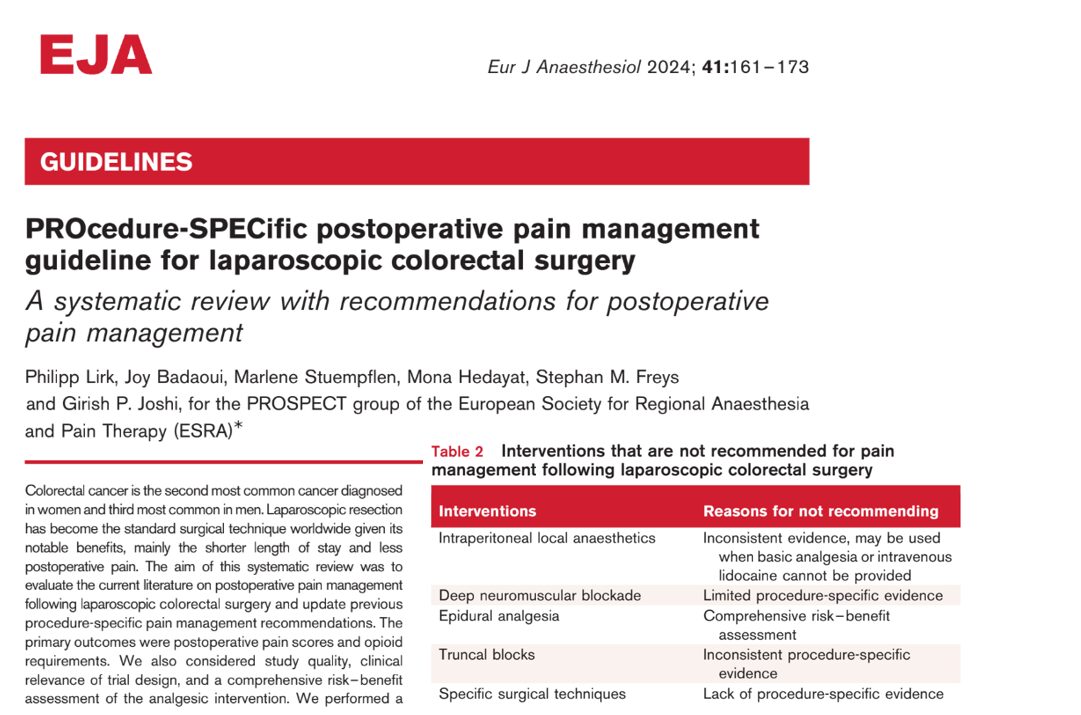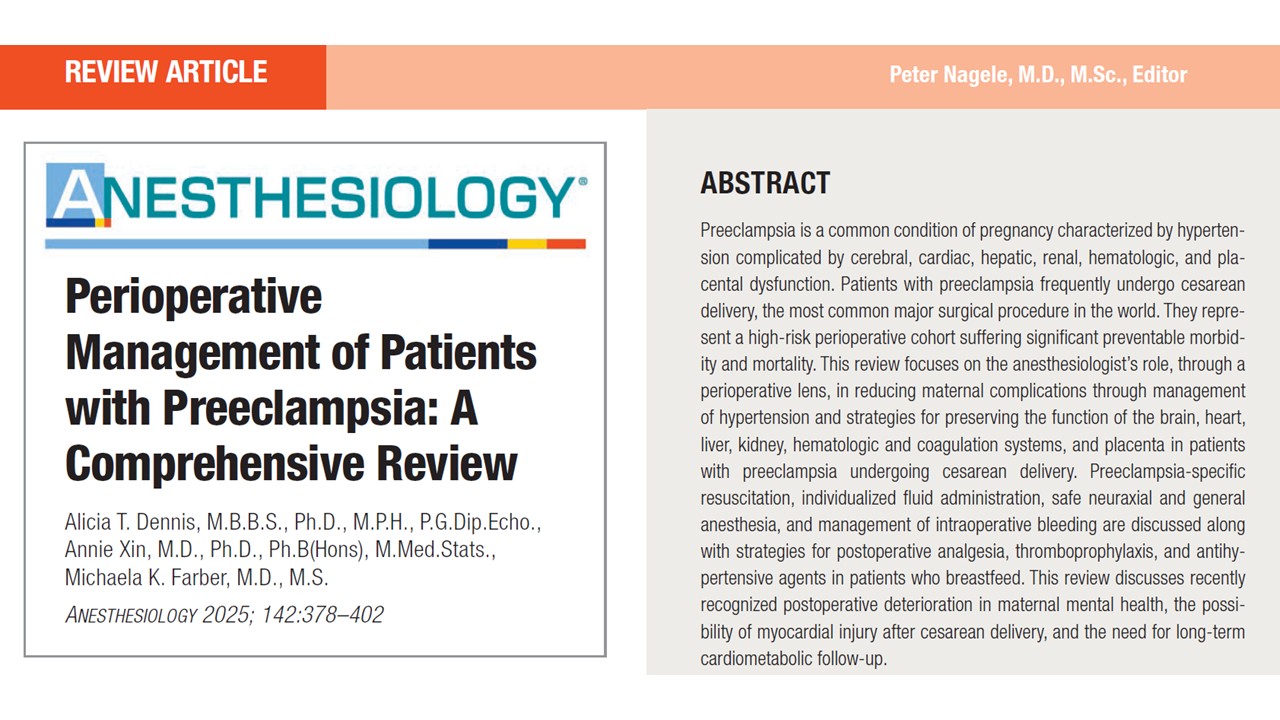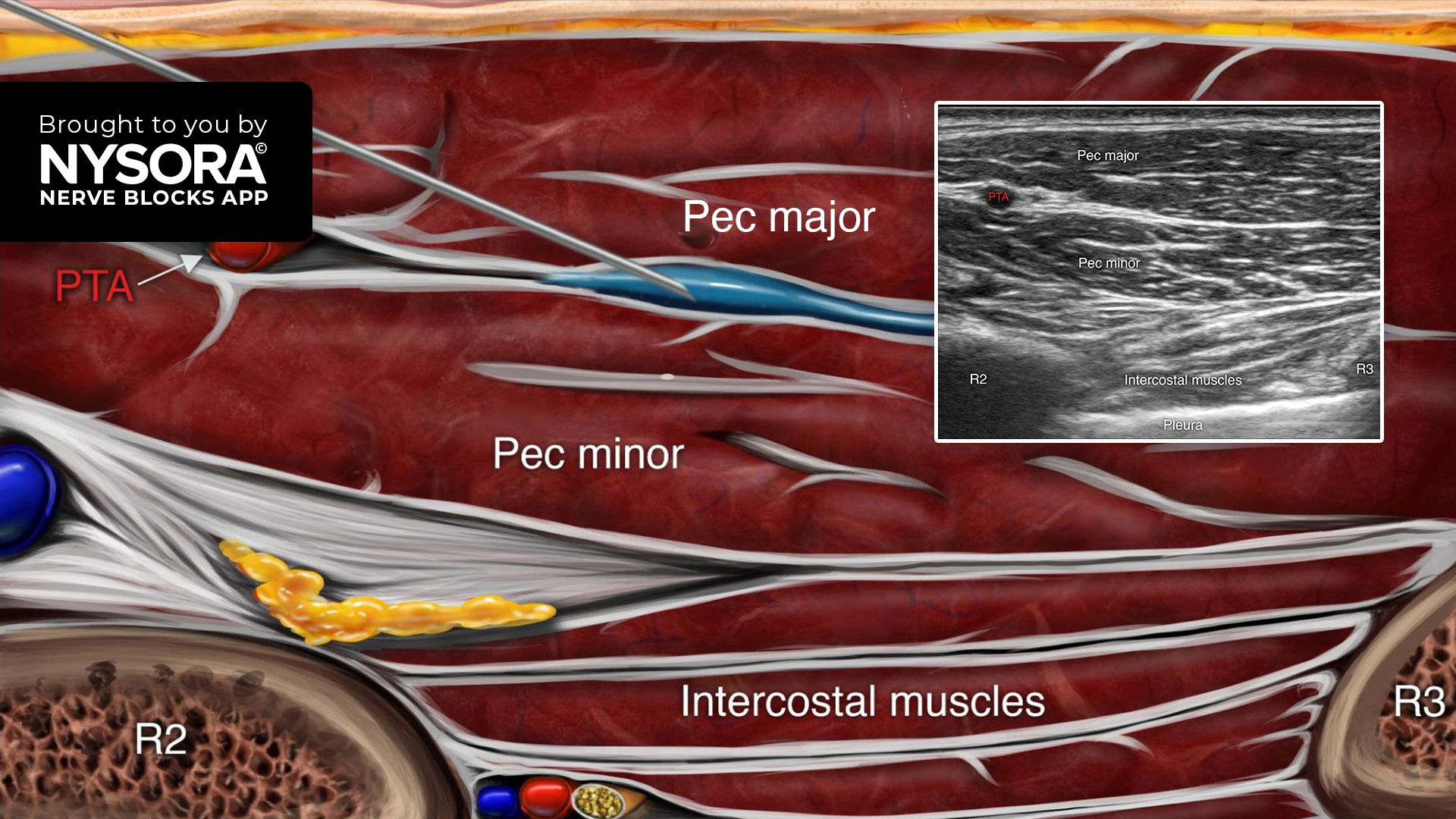With over 50 million surgeries performed annually in the U.S. and 313 million worldwide, managing post-surgical pain effectively remains a critical challenge. Traditional approaches rely heavily on opioid prescriptions, but with growing concerns over opioid dependency, there is an increasing push toward non-pharmacological behavioral interventions to aid in pain management and recovery.
A recent scoping review by Darnall et al. (2025) explores various behavioral strategies aimed at reducing pain and opioid use, and improving surgical outcomes.
Key findings
The review analyzed 20 randomized controlled trials (RCTs) covering different behavioral interventions, including:
- Hypnosis
- Relaxation therapy
- Mindfulness-based interventions
- Cognitive behavioral therapy (CBT)
- Mixed-methods interventions
While no studies were specifically designed to test whether these interventions prevent chronic post-surgical pain, several showed positive effects on pain relief and opioid use reduction over periods ranging from 3 days to 12 months post-surgery.
Types of behavioral pain interventions and their efficacy
1. Hypnosis
- Studies on hypnosis showed short-term benefits in pain reduction but no significant effects beyond 1 month.
- Example:
- Breast cancer surgery patients (n=40) reported lower pain levels at 1 week post-operation.
2. Relaxation therapy
- Techniques such as guided imagery, music interventions, and stress management training showed no significant impact on post-surgical pain.
- One study found lower depression and fatigue levels postoperatively.
3. Mindfulness-based interventions
- Effective in reducing both pain and opioid use.
- Total joint arthroplasty patients (n=118) who practiced mindfulness before surgery had lower opioid use and pain scores at 28 days post-surgery.
4. Cognitive behavioral therapy (CBT)
- Mixed results were observed across studies.
- Short-term (6-week) improvements in pain relief were noted for spine surgery and knee replacement patients.
- Some studies reported no significant pain relief but reductions in pain-related distress and catastrophizing.
5. Mixed-methods interventions
- Combining multiple behavioral techniques (e.g., relaxation, mindfulness, CBT) yielded the most promising results.
- Examples:
- Preoperative pain self-management (PePs) showed lower pain and opioid use at 3 months post-surgery.
- Empowered Relief for Surgery (a digital, on-demand intervention) helped breast cancer surgery patients stop opioid use sooner and reduced pain at 3 months post-orthopedic trauma surgery.
Practical implementation and challenges
The review also highlighted real-world barriers to implementing behavioral interventions in standard perioperative care:
Barriers to adoption
- Lack of standardized protocols in hospitals and surgical centers.
- Time and resource constraints for in-person behavioral therapy.
- Limited patient engagement due to low awareness of behavioral interventions.
- Difficulty in accessing trained therapists for perioperative behavioral treatments.
Innovative solutions
- Digital and self-paced interventions like Empowered Relief for Surgery offer scalable, cost-effective, and easily accessible solutions.
- Group therapy formats (e.g., Cleveland Clinic’s TREK for Surgical Success) improve patient engagement while optimizing therapist availability.
- Veterans Affairs (VA) programs are implementing nurse-led behavioral pain management classes to increase accessibility.
Conclusion
The scoping review highlights a growing body of evidence supporting behavioral pain interventions as effective tools in perioperative care. While not yet standard practice, integrating these approaches can significantly enhance surgical recovery, reduce opioid use, and improve patient outcomes.
Next steps for healthcare systems:
- Expand training programs for healthcare providers on behavioral pain management.
- Invest in scalable, digital pain interventions for broader patient access.
- Conduct more large-scale studies to establish the role of these interventions in preventing chronic post-surgical pain.
With behavioral interventions gaining momentum, they may soon become a key component in multimodal perioperative pain management strategies.
For more information, refer to the full article in RAPM.
Darnall BD, Abshire L, Courtney RE, et al. Upskilling pain relief after surgery: a scoping review of perioperative behavioral intervention efficacy and practical considerations for implementation. Regional Anesthesia & Pain Medicine 2025;50:93-101.
For more recent literature insights in pain medicine, check out Pain Medicine Updates, where we distill key research from the past two years into quick, 10-minute reads. Stay ahead with evidence-based strategies for pain management and surgical recovery.








